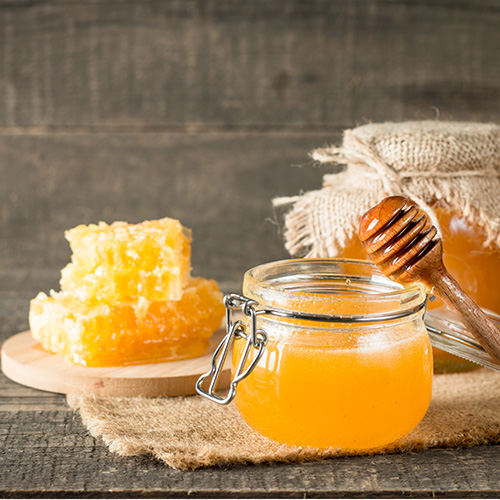

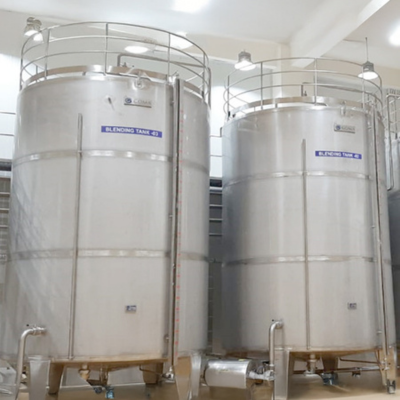
Functionality:
Indirect heating to 60–80°C
Equipped with holding tubes for residence time
Followed by rapid cooling
Available in tubular or spiral configurations
Benefits:
Destroys microbial content
Maintains colour, taste, and enzymes
Controls HMF levels
Functionality:
Semi-automatic or automatic bottle/jar filling
Suitable for glass, plastic, or pouches
Optional date coder and capper
Integrates with downstream packing line
Benefits:
Accurate filling without dripping
Flexible for different retail formats
Leak-proof and hygienic sealing
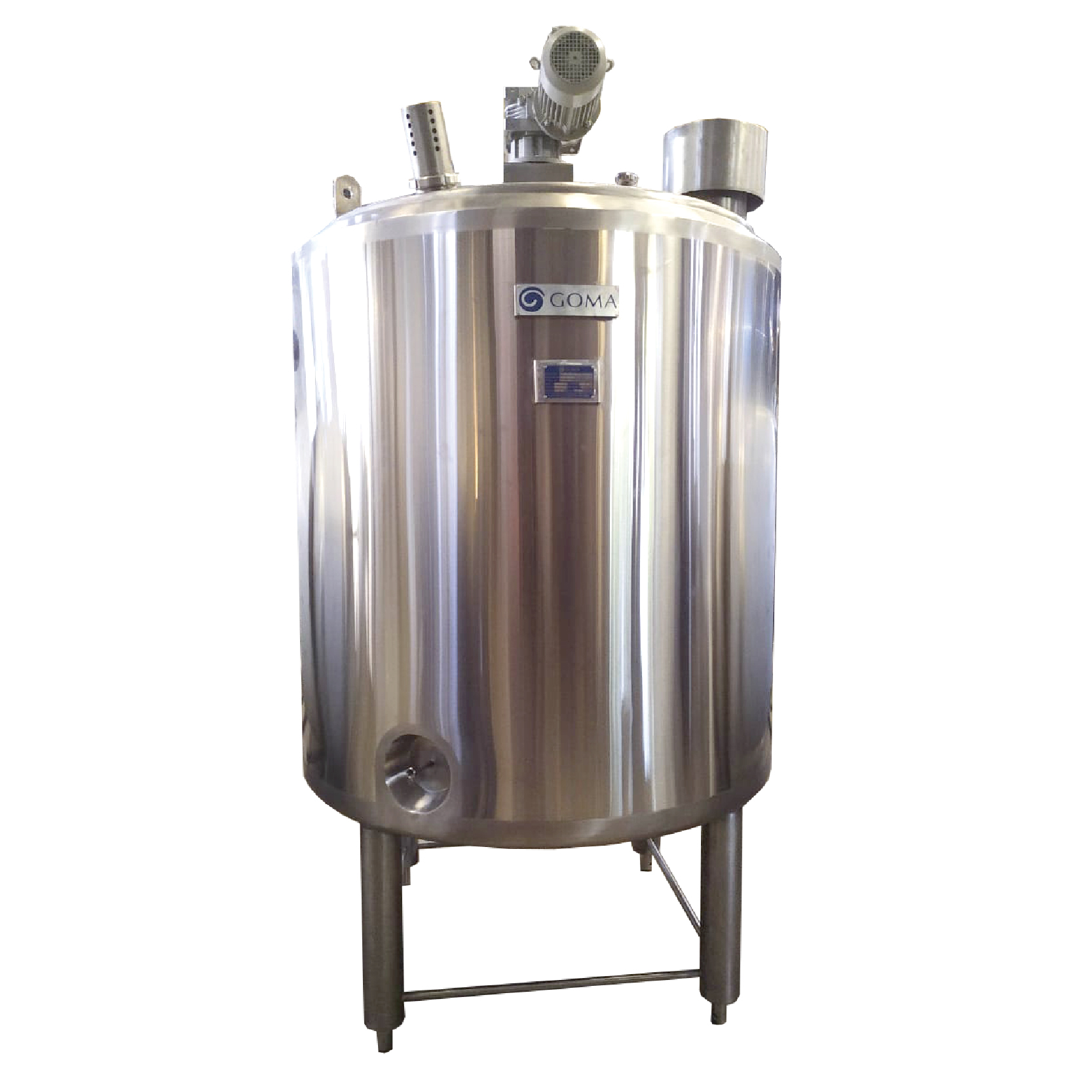
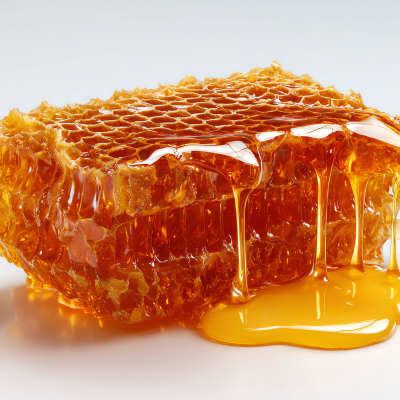
Converts collected honey into food-grade clear liquid by removing wax and suspended solids.

Reduces water content to prevent fermentation and spoilage, especially for long-distance transport or export.
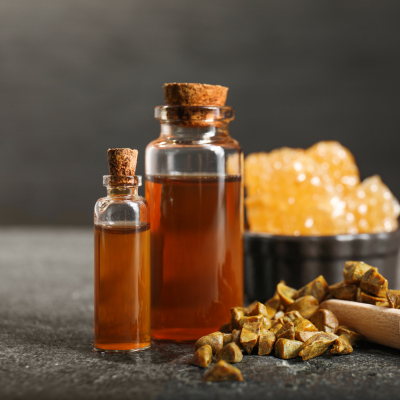
Ensures microbiological safety and stable shelf life for supermarket-ready SKUs.
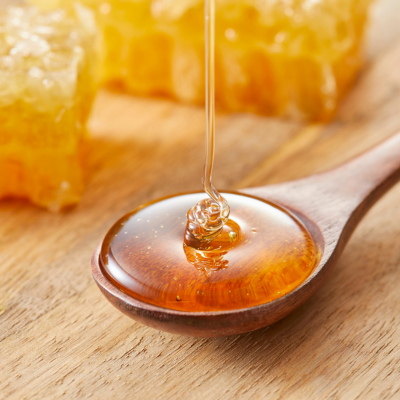
Supports integration of natural Flavors or additives like lemon, ginger, or herbs.



